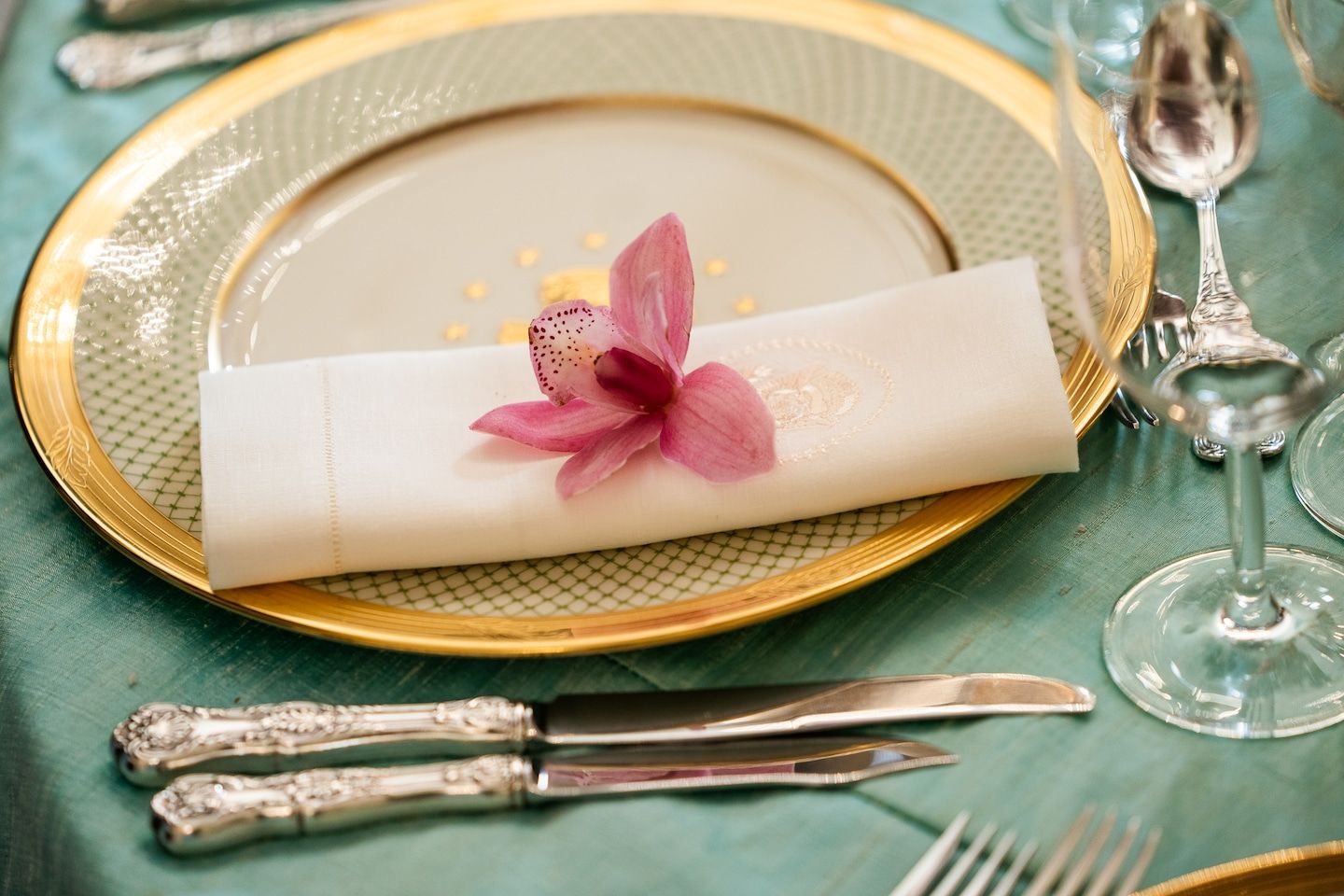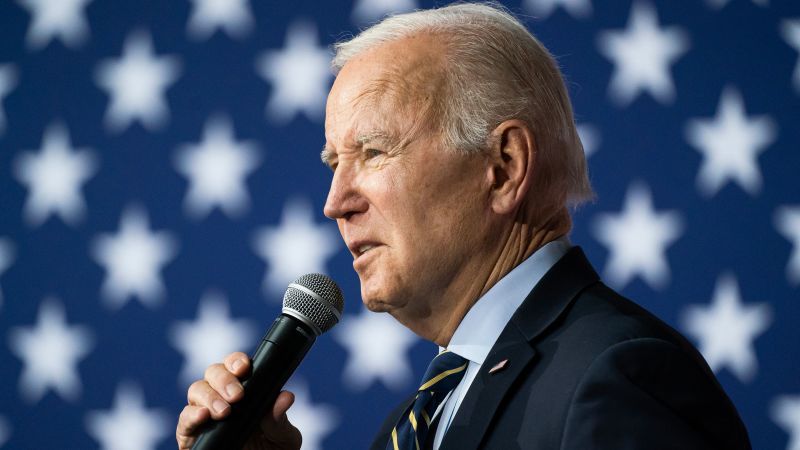Biden's South Korea state dinner menu is diplomacy on a plate
Comment on this story Comment Gift Article Share
As President Biden and first lady Jill Biden get set to host their second state dinner on Wednesday, this one to be held in honor of South Korean President Yoon Suk Yeol, they seem to be developing a discernible black-tie entertaining style — at least when it comes to the food.
Just as they did for the dinner honoring visiting French President Emmanuel Macron in November, the Bidens are serving a menu that marries flourishes from the visiting delegation’s cuisines with their own classic tastes, according to a preview the White House offered on Monday. The first course perfectly captured that theme: It’s a Maryland crabcake, something that would be at home at country club luncheons across the mid-Atlantic, but here it’s accompanied by a slaw of cabbage, kohlrabi, radish, fennel and cucumber — ingredients that often find their way into the iconic Korean dish kimchi. Further underscoring the blending of cuisines, the dish is finished with a vinaigrette flavored with gochujang, spicy-sweet fermented paste that’s a staple condiment on Korean tables. (One potential quibble: It’s a little early in the season for fresh Maryland crabs, isn’t it?)
Jill Biden made clear that the symbolism on the plates — as well as the peony-strewn decor — was intentional. She said the evening’s aim was “honoring the 70 years of our alliance with symbols and moments of beauty that reflect both our countries.”
“We hope to showcase the harmony of our cultures and our people intertwined,” she said.
A yellow squash soup with cured strawberries is straight from the “Smoke and Pickles” cookbook of Edward Lee, the Korean American chef and TV personality, who the Bidens enlisted to help design the menu and work alongside White House executive chef Cristeta Comerford and White House executive pastry chef Susie Morrison for the Wednesday event. For the Korean guests, it gets an addition of perilla leaf, a mint-like herb that is the subject of a viral dating scenario for young Koreans.
The main course is another lesson in culinary cross-pollination. Beef short ribs, called galbi in Korean, are taken on a trip through the southern United States with sides of butter bean grits and carrots glazed with sorghum. It’s easy to see the fingerprints of Lee, who is best known as the host of the PBS series “Mind of a Chef.” He often employs sorghum, a syrup he sources from Kentucky, where he launched his restaurant career at the helm of 610 Magnolia in Louisville. (He’s also the culinary director for Succotash, which has locations in Washington and National Harbor in Maryland.) Lee’s style, which is influenced both by his family heritage and Southern foodways, make him a natural fit for the elevated mash-up style the Bidens have settled on for state dinners.
At the Monday preview of the menu and decor, Lee said it was ingredients he thought of first when planning the menu. “We want to lead with the seasons,” he said, noting that the butter beans taking the place of traditional dried corn were “herbaceous and green” and happily in-season. Then he took the same approach he does at his restaurants. “I wanted to take some of my favorite American foods and tinker with it a little bit,” he said. “And add a little bit of Korean touches so it’s familiar but unexpected.”
The addition of a guest chef is a return to a practice the Obamas frequently used to maximize the culinary diplomacy that’s always on the menu at state dinners: “Iron Chef” Masaharu Morimoto assisted when the couple hosted Japanese Prime Minister Shinzo Abe; Anita Lo was in the kitchen for the dinner honoring Chinese President Xi Jinping. Celebrity chefs Rick Bayless, Marcus Samuelsson and Mario Batali were also among the ringers brought in to lend extra star power to the Obamas’ dinners.
One of the wines being poured at the Wednesday dinner has a diplomatic pedigree. The Schramsberg blanc de blancs is the same one that President Richard M. Nixon took with him on his historic peacemaking trip to China a half-century ago (though Nixon toasted the Chinese president with a glass of the 1969; the Bidens will raise over the dessert course the 2019). The menu also pairs a Ferdinand “Vista Luna Vineyard” albariño from 2020 with the first course and a Januik “Red Mountain” merlot from 2020 with the main.
Advertisement
And it wouldn’t be a Biden affair without ice cream, the president’s famously favorite sweet and a staple of his campaign-trail personality. For the state dinner’s final course, the selection is what might happen if an old-fashioned scoop shop went worldly: a banana split featuring lemon-bar ice cream and berries goes bold with a mint-gingersnap cookie crumble and caramel sauce accented with doenjang, a salty, fermented soybean paste. Edible flowers from the White House garden act as a colorful garnish.
“That was the first thing I was told,” Lee said, laughing. “Ice cream!”
Lee told reporters that the first person he called after being asked to guest-chef at the state dinner was his mother, who immigrated to the United States from Korea. “We struggled and we had amazing opportunities, and we’ve always felt this huge debt of gratitude to the United States of America,” he said. “So to come full circle and to give back and be able to do this was gratifying for me and for my mom.”
But what, a reporter asked, was her advice?
“She said, 'don’t mess it up.’”
Staff writer Travis Andrews contributed to this report.
GiftOutline Gift Article
Source: The Washington Post


